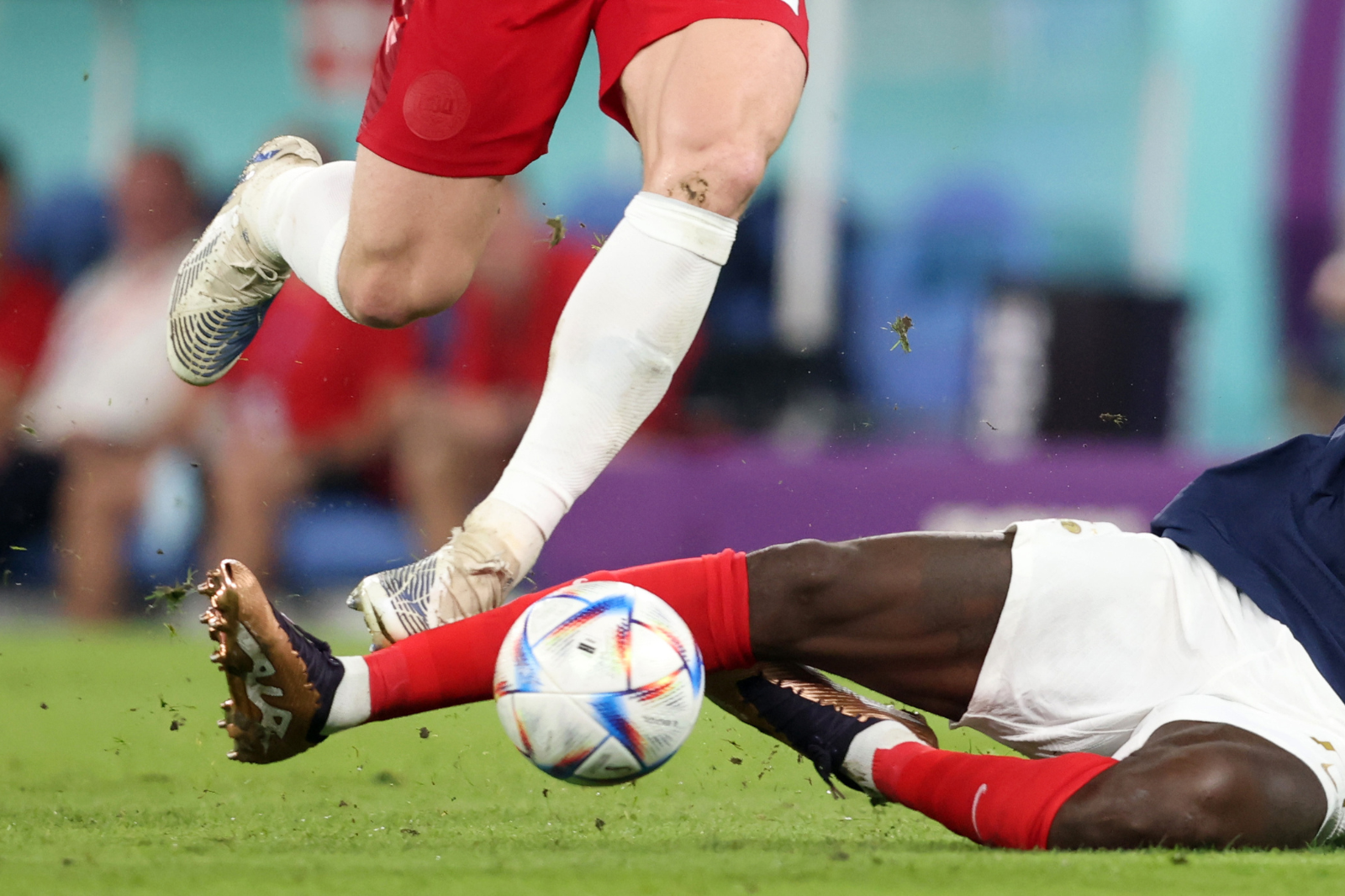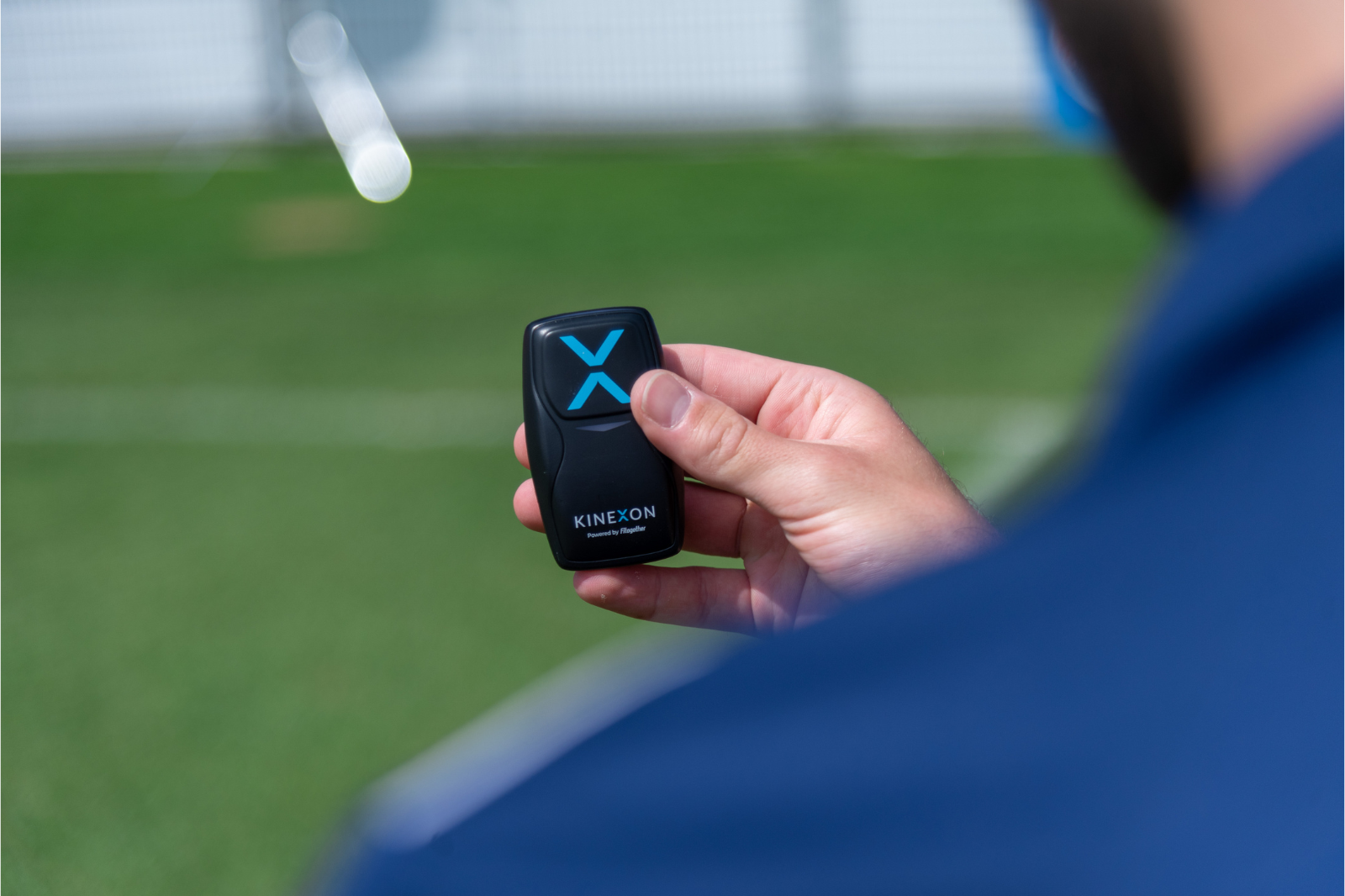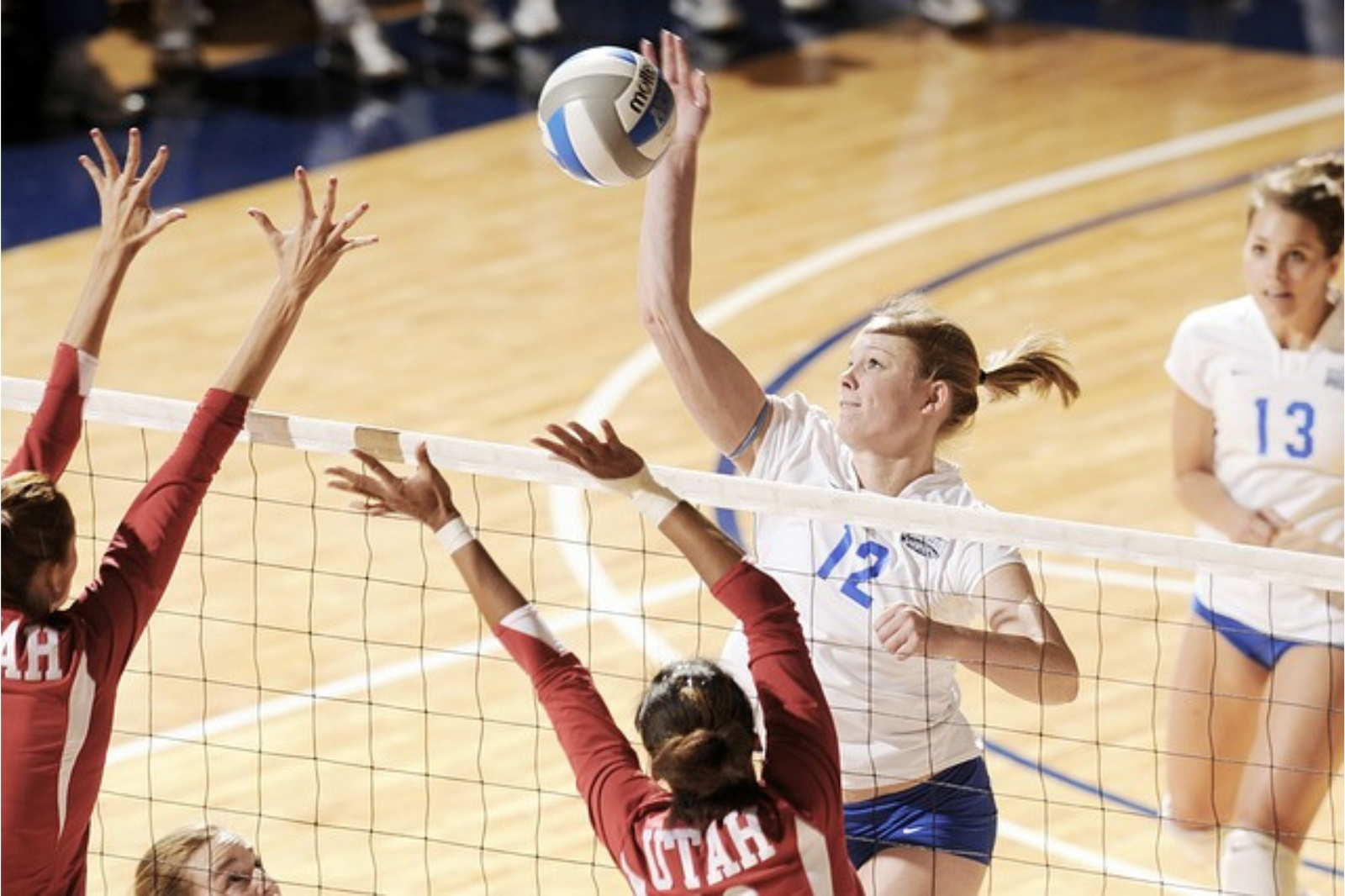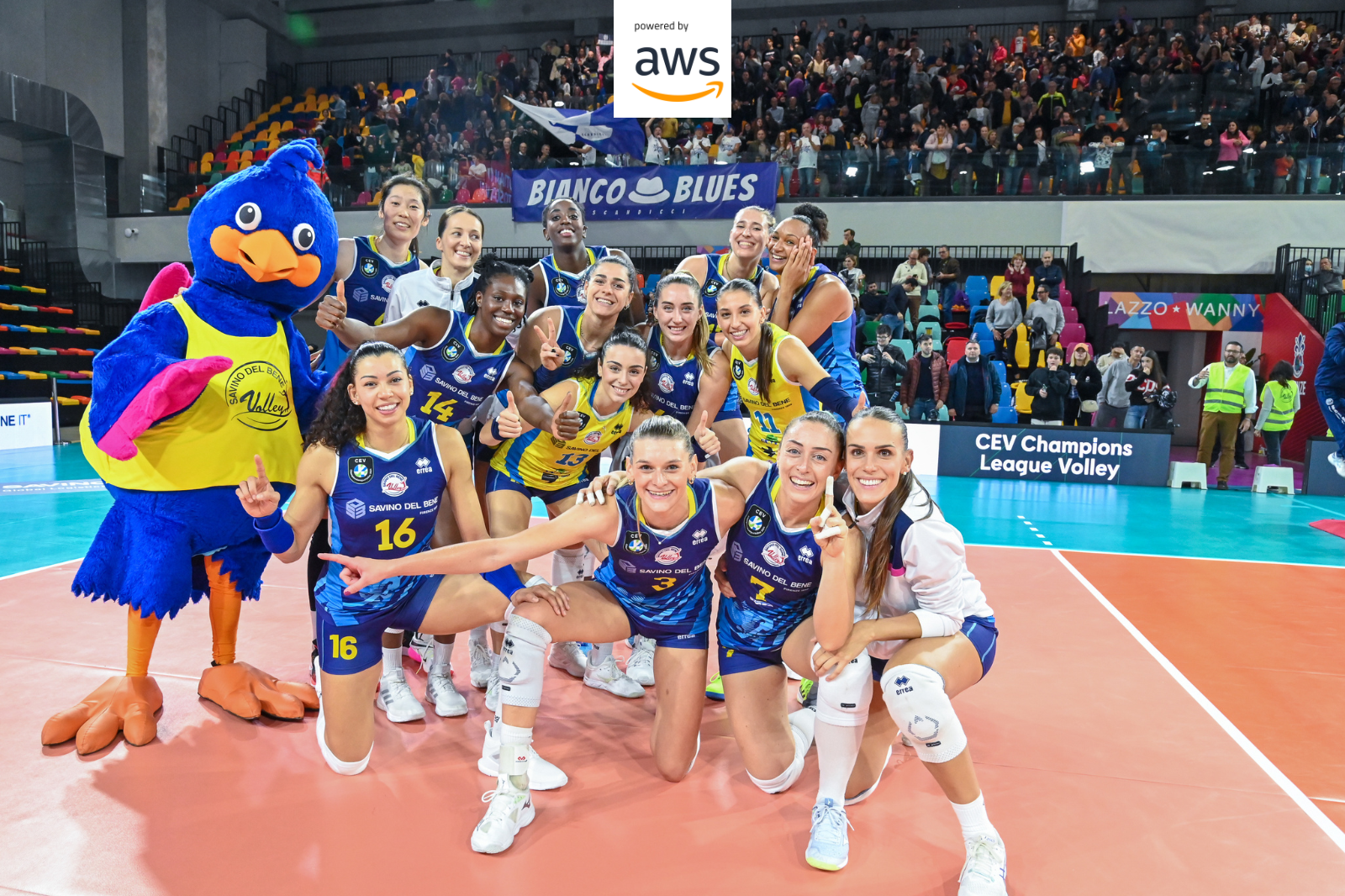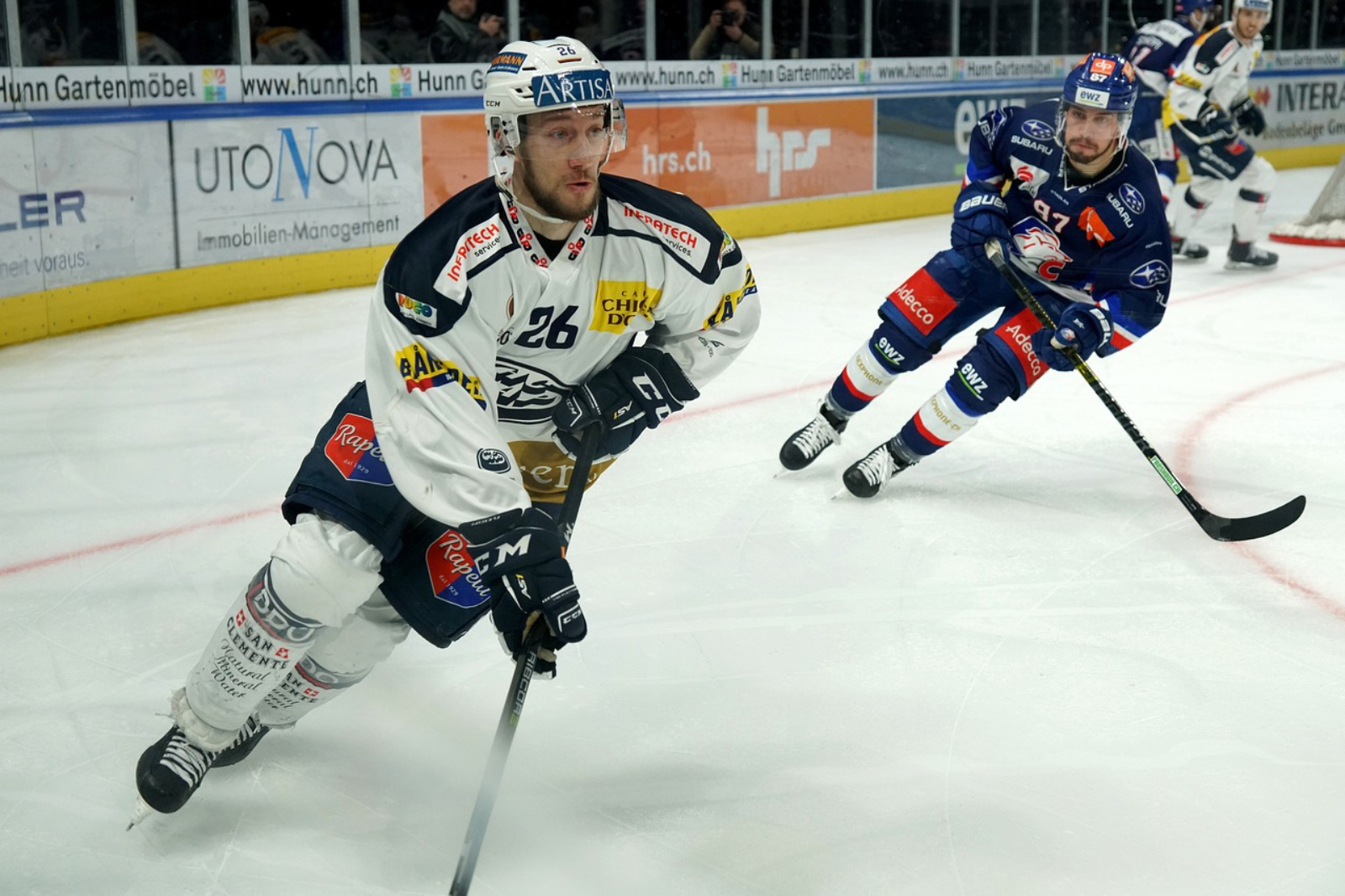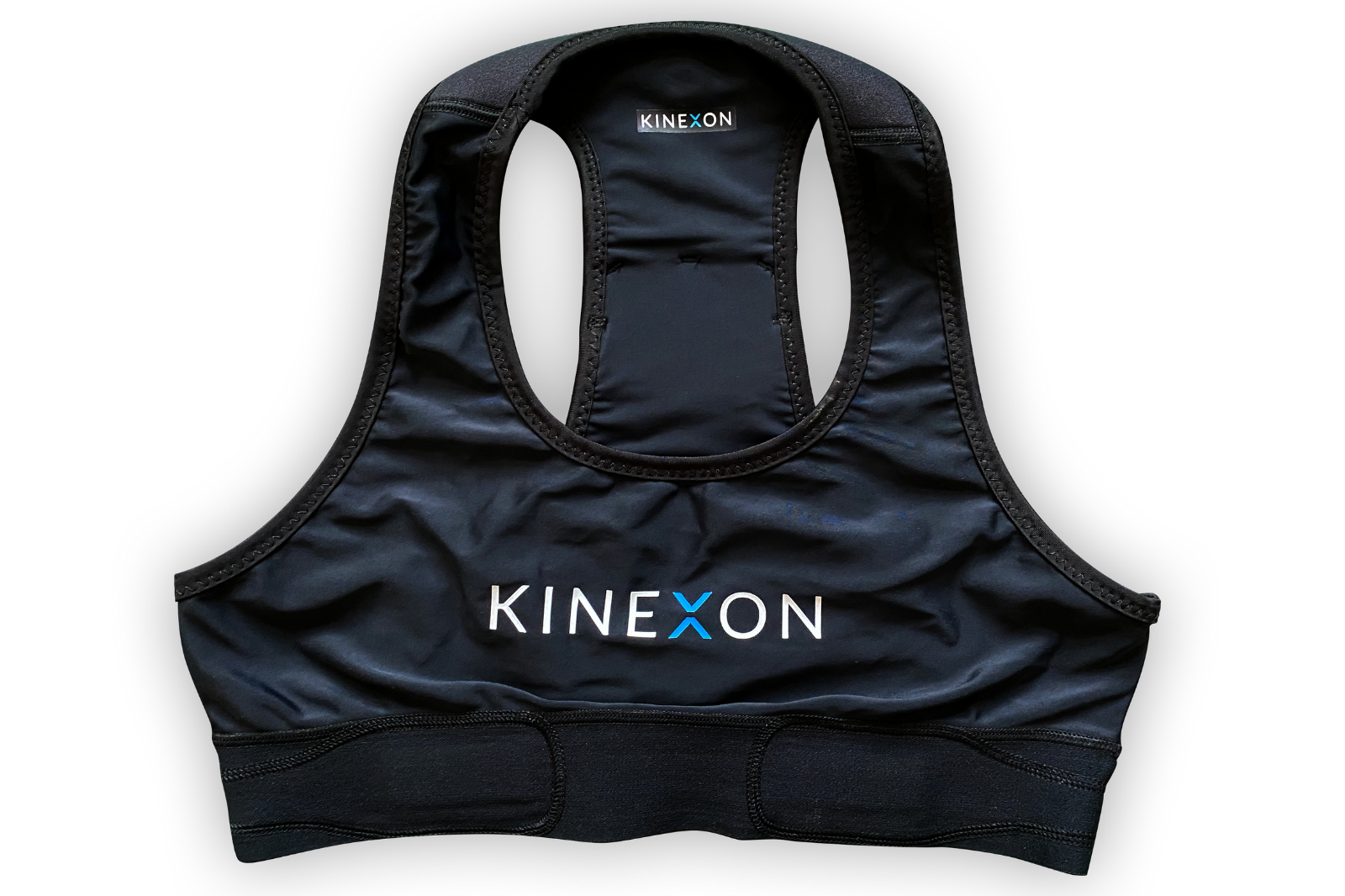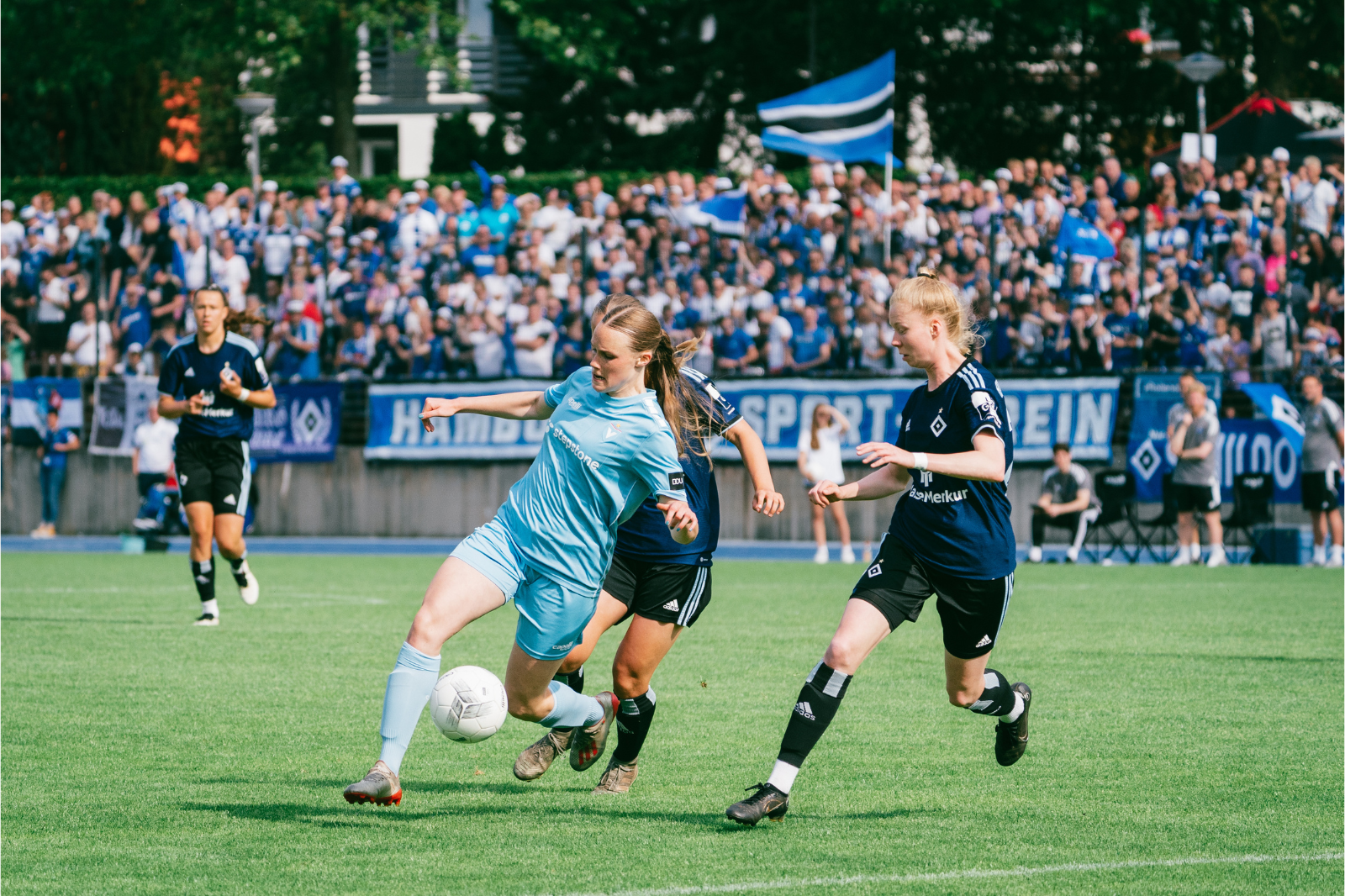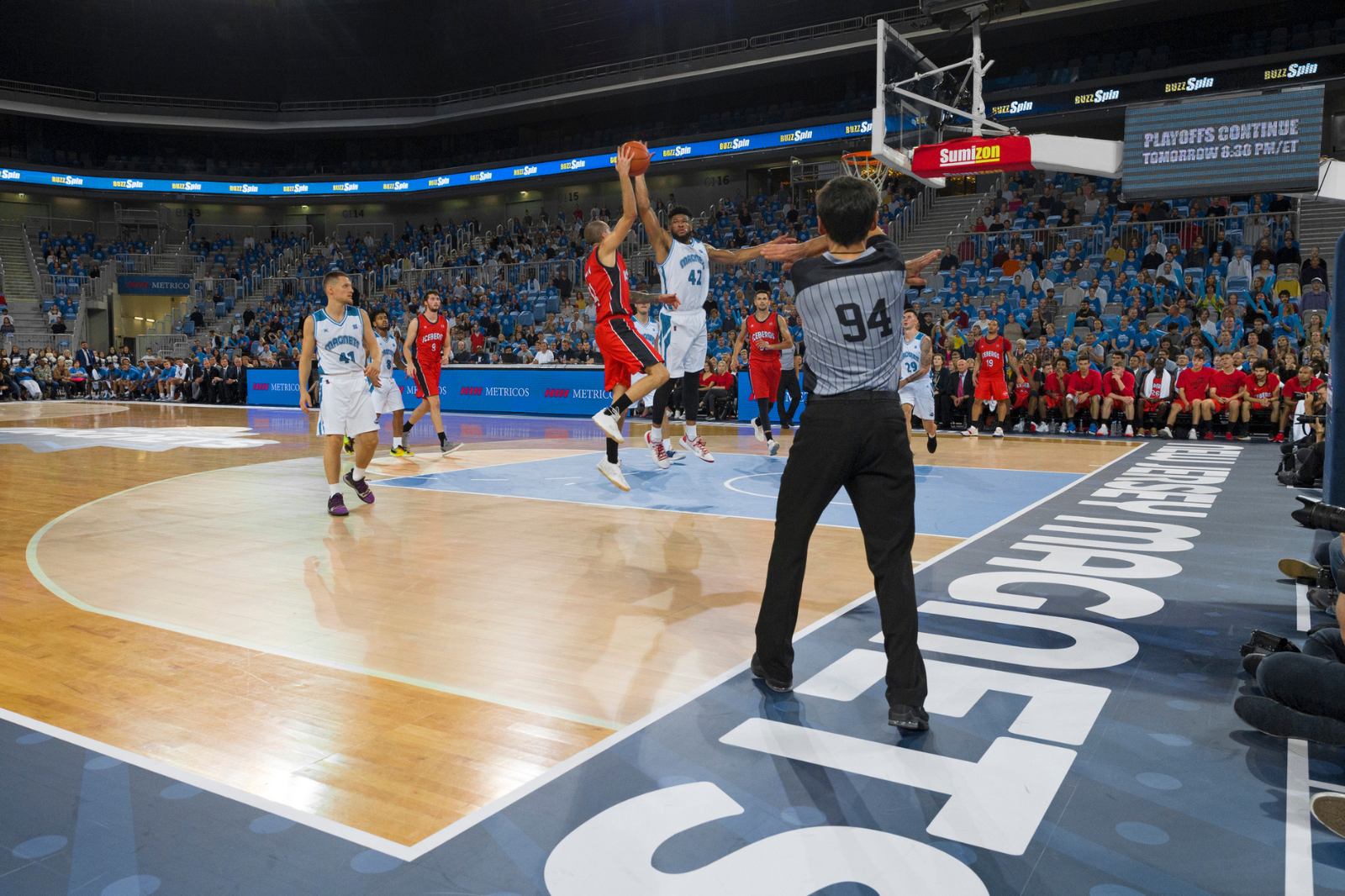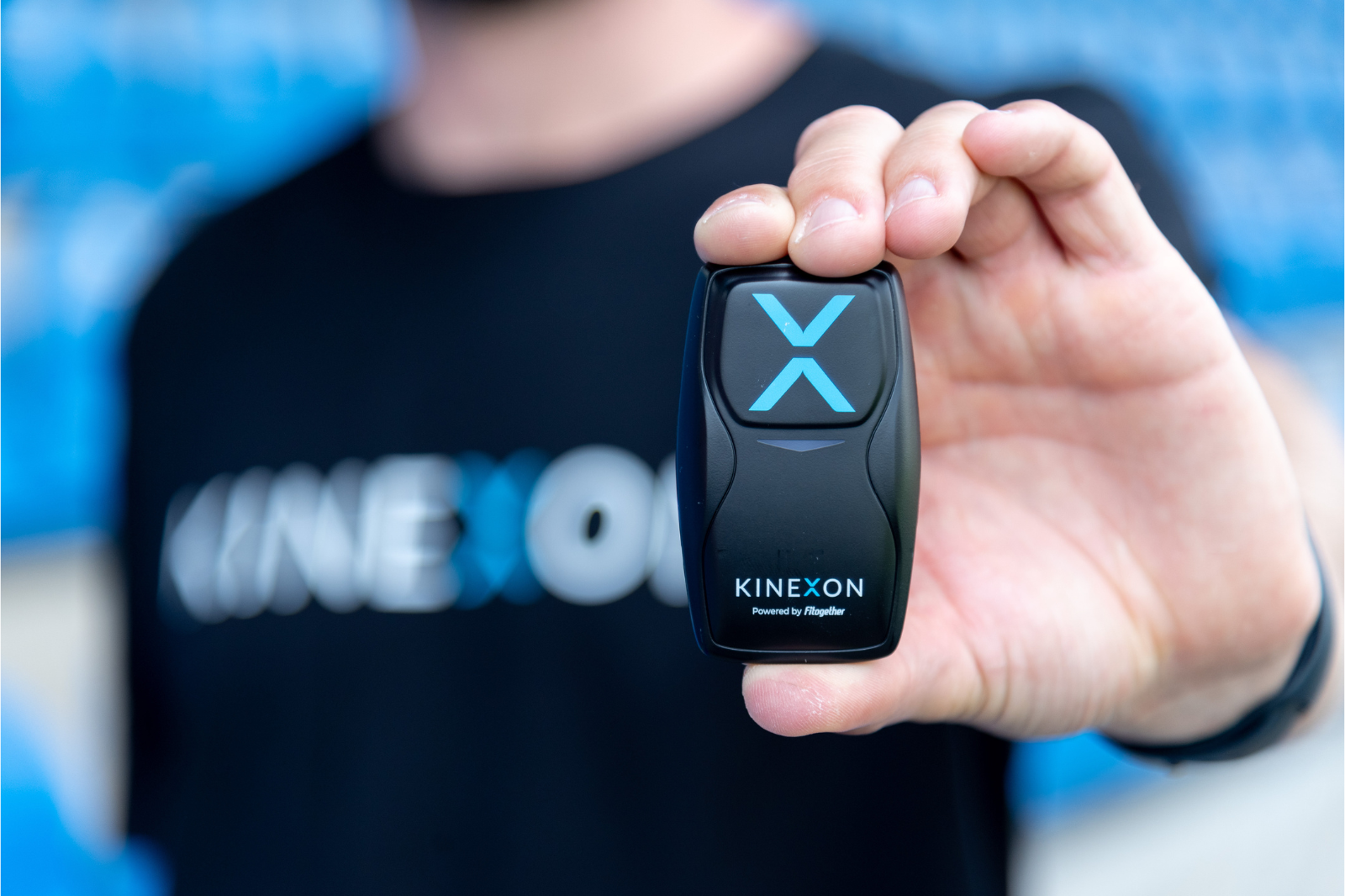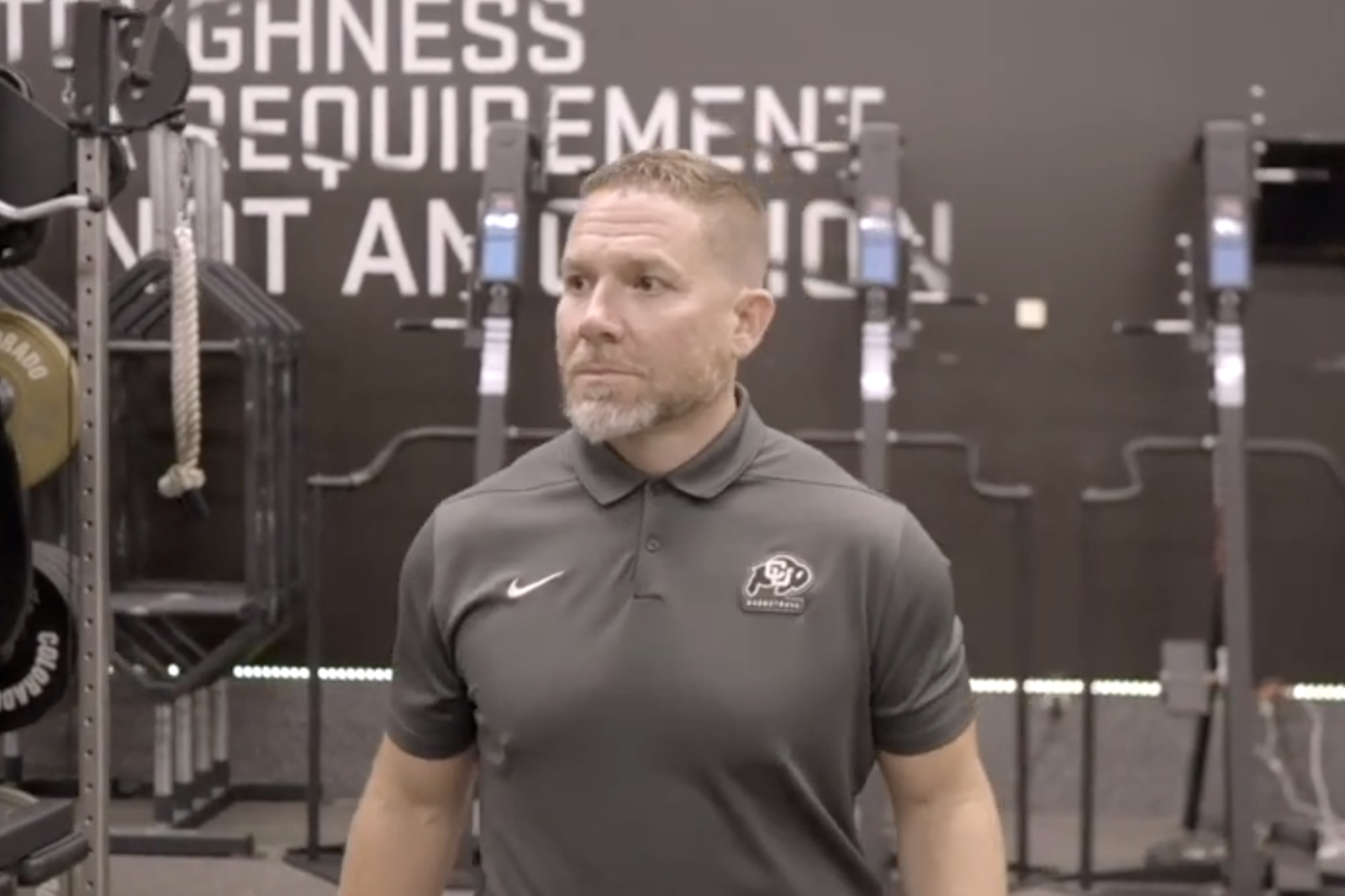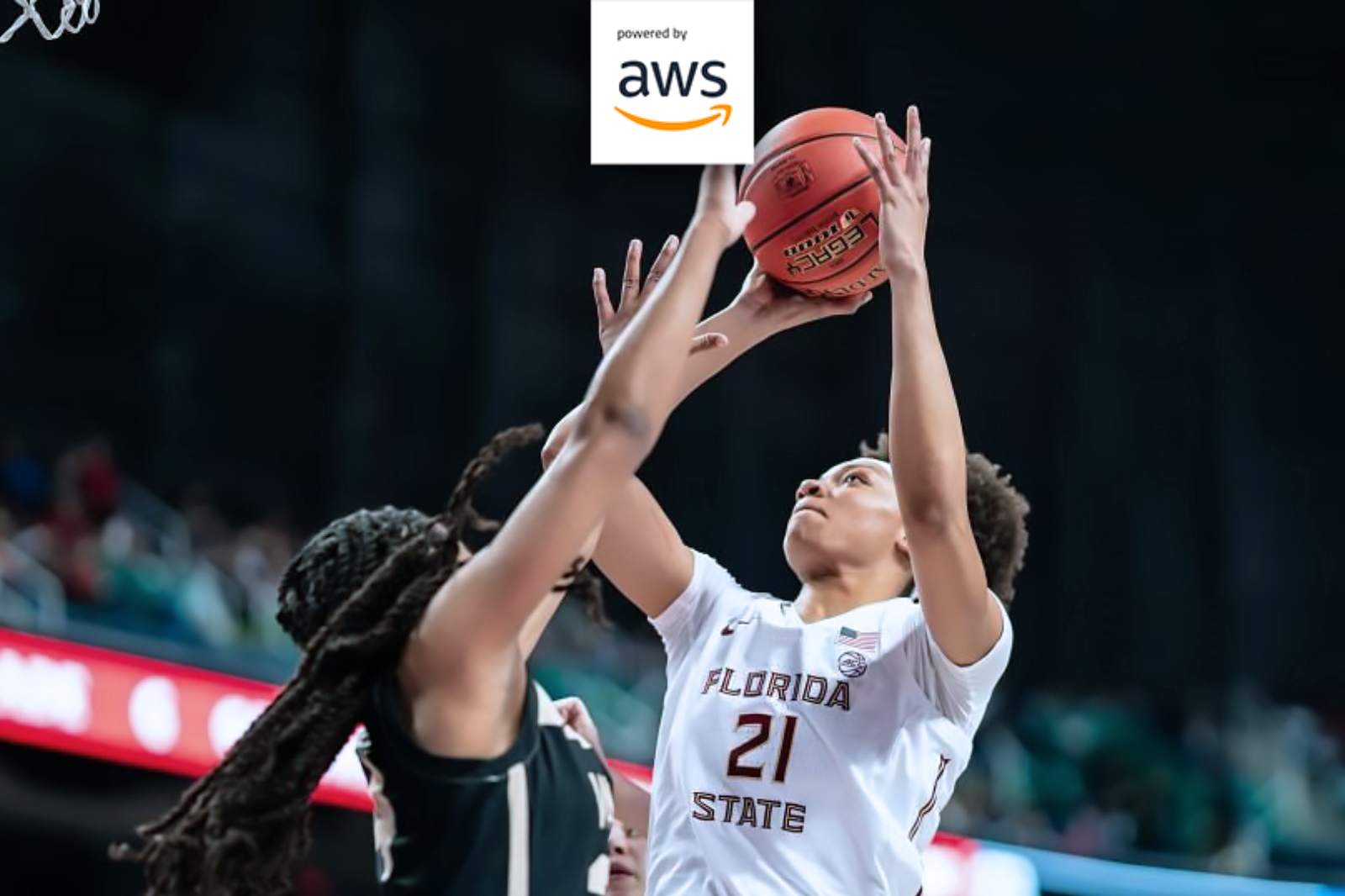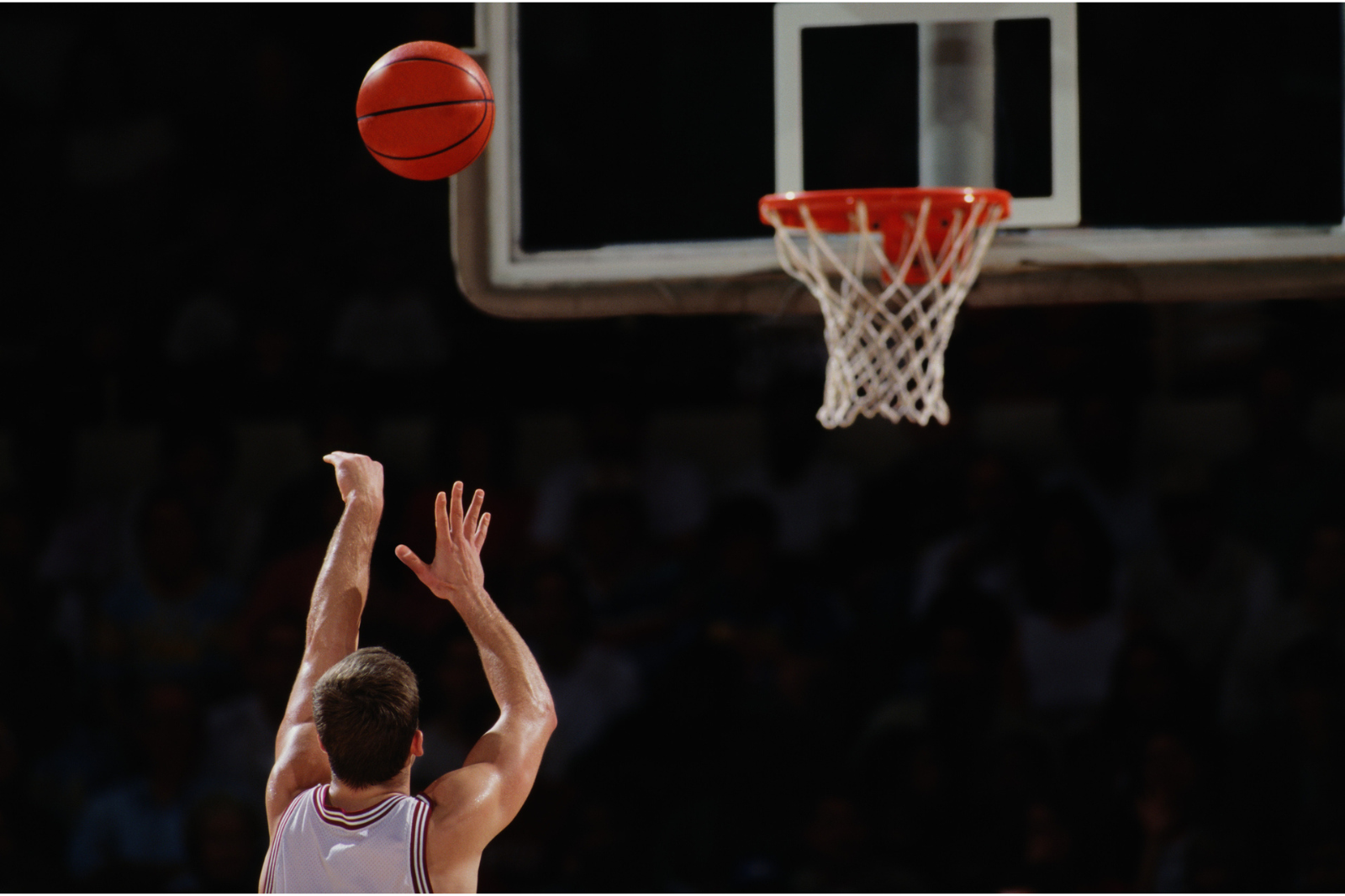Technology in Sports: What Does LPS Stand For?
Gaining a competitive edge is crucial for athletes and teams. One innovative sports technology that is revolutionizing how many games are played is LPS.
Coaches everywhere are finding out how it can significantly impact sports performance. So, what does LPS mean? And how is it being used to improve play on the field? Let’s find out.
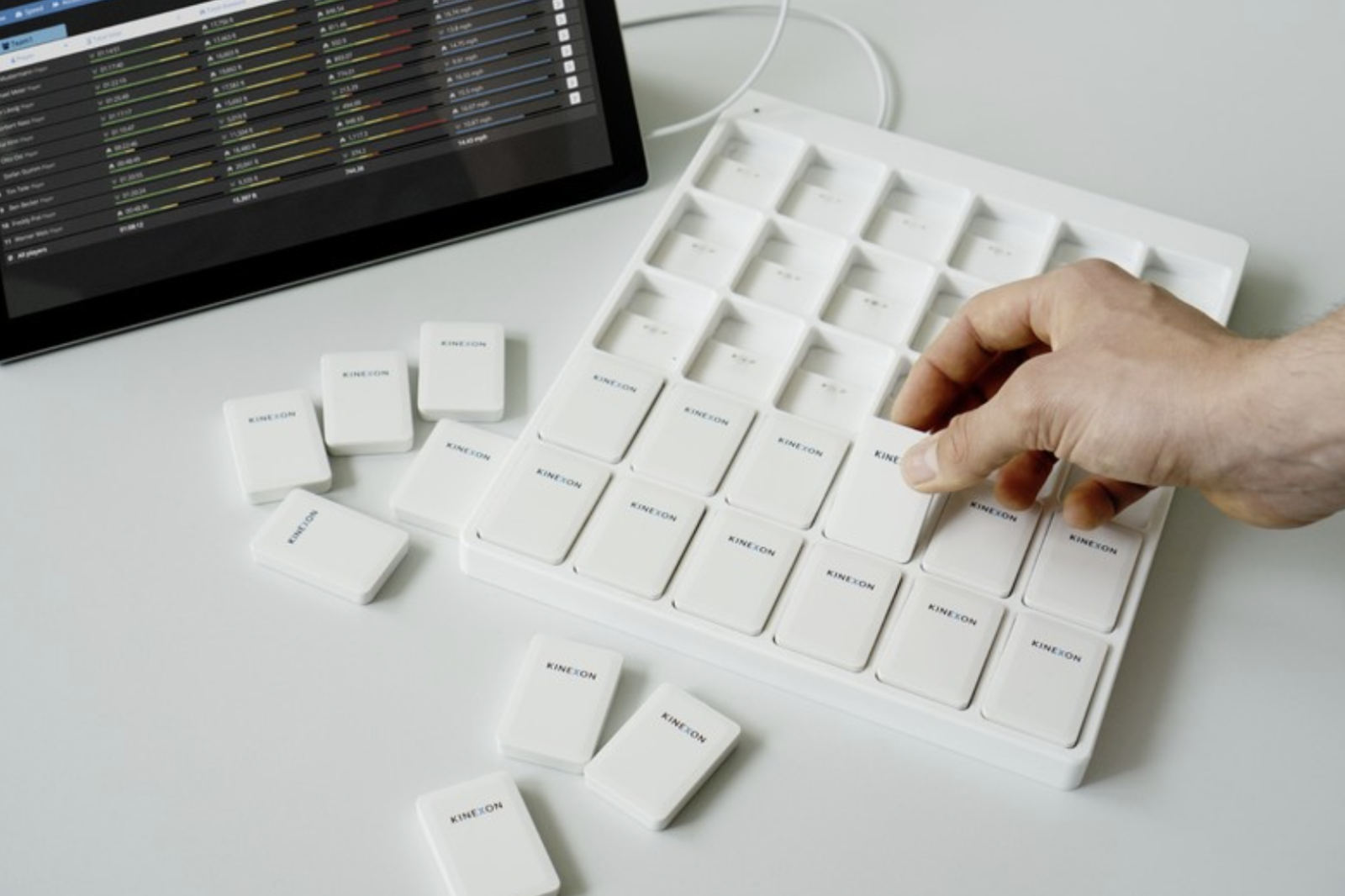
What Does LPS Stand For?
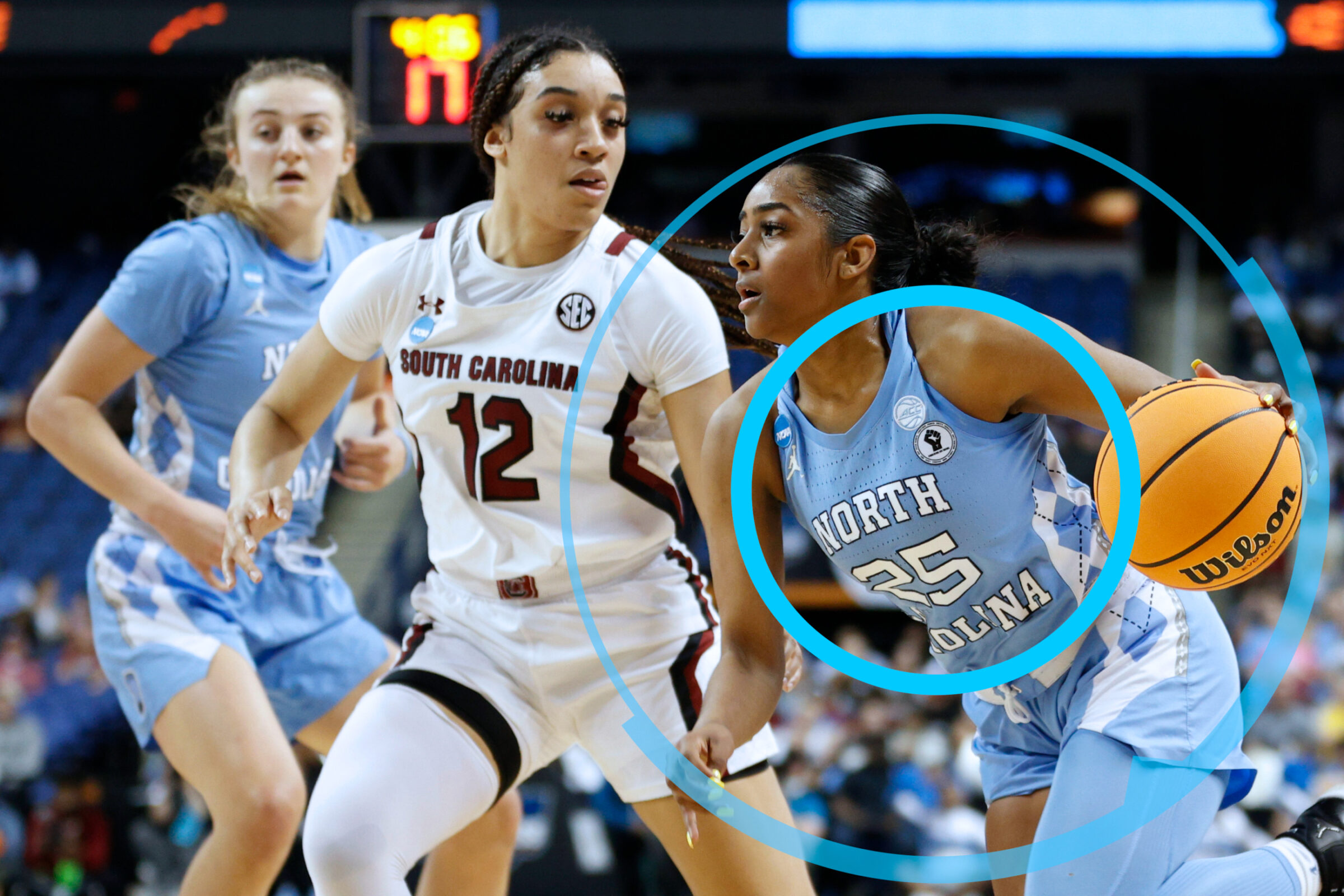
LPS stands for Local Positioning System. It refers to technology in sports that uses a network of sensors and receivers to accurately track the position of players in real time within a defined area.
Like the Global Positioning System (GPS), which provides outdoor location services, LPS is designed for indoor or localized environments. Both systems have proven their validity.
But if you’re playing an indoor sport, you can rely on the fact that LPS uses advanced algorithms and signal processing techniques. This enables precise tracking and positioning of athletes during training sessions and competitive games.
Our recent webinar explores the benefits of athlete monitoring and player tracking. The complete session is now available on-demand.
How to Use LPS Technology in Sports
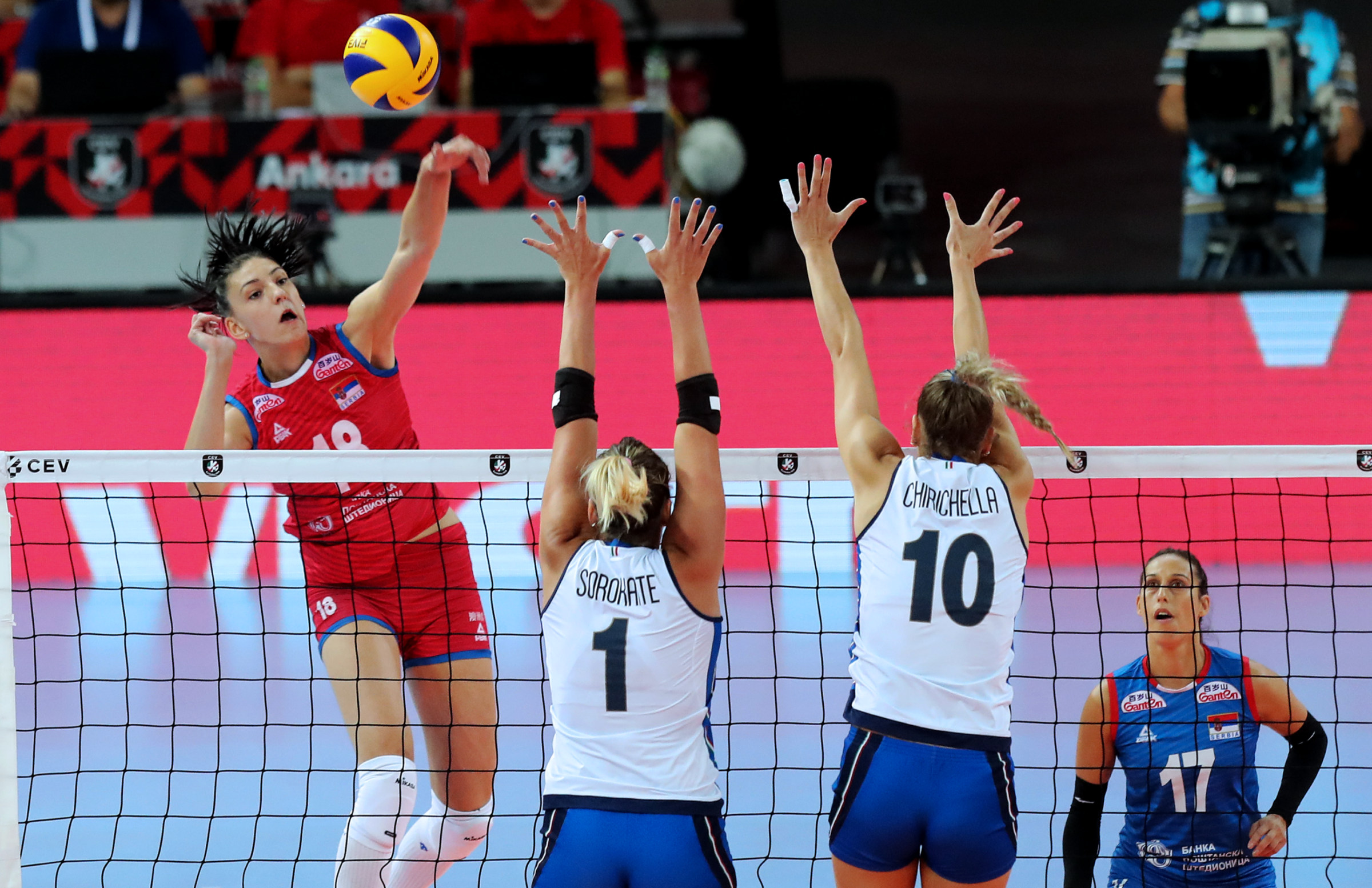
The information that LPS player tracking systems provide can help coaches in many ways:
- Performance Analysis and Feedback: LPS technology captures data on an athlete’s movement patterns, speed, acceleration, and positioning with remarkable accuracy. Coaches and trainers can leverage this information to conduct detailed performance analyses. By gaining insights into an athlete’s strengths and weaknesses, coaches can provide targeted feedback, design tailored training programs, and make strategic adjustments to enhance individual and team performance.
- Tactical Decision-Making: In team sports, LPS allows coaches to analyze players’ positioning on the field or court, enabling them to make informed tactical decisions. By understanding an athlete’s movement patterns and spatial relationships, coaches can devise effective strategies, optimize team formations, and exploit opponents’ vulnerabilities. LPS data aids in improving team coordination, decision-making, and overall game management.
- Injury Prevention and Rehabilitation: LPS technology can play a vital role in reducing the risk of injuries and aiding in rehabilitation. By monitoring an athlete’s movements, LPS can detect improper techniques, excessive strain, or asymmetries that may lead to injuries. Trainers can use this information to design injury prevention programs, identify movement patterns contributing to injury risks, and implement corrective measures. During the rehabilitation phase, LPS can track an athlete’s progress, ensuring adherence to proper movement mechanics and facilitating a safe return to sports activities.
- Training Optimization: LPS enables trainers and coaches to optimize training sessions by precisely monitoring an athlete’s performance metrics. It allows for measuring key parameters such as speed, distance covered, acceleration, deceleration, and changes in direction. This data assists in tailoring training programs to individual needs, tracking progress over time, and identifying areas for improvement. By utilizing LPS technology, athletes can fine-tune their training routines, focus on specific performance aspects, and maximize their potential.
- Engaging Fan Experience: LPS technology enhances the fan experience by providing real-time player tracking and statistics during live events. Spectators can follow the movements of their favorite athletes or teams, gaining deeper insights into their performance and witnessing the impact of strategic decisions. This immersive experience adds a new dimension to sports viewing and enhances the overall excitement for fans.
All of this information can be used to create a better overall experience for players, coaches, and fans.
LPS is a Powerful Sports Technology
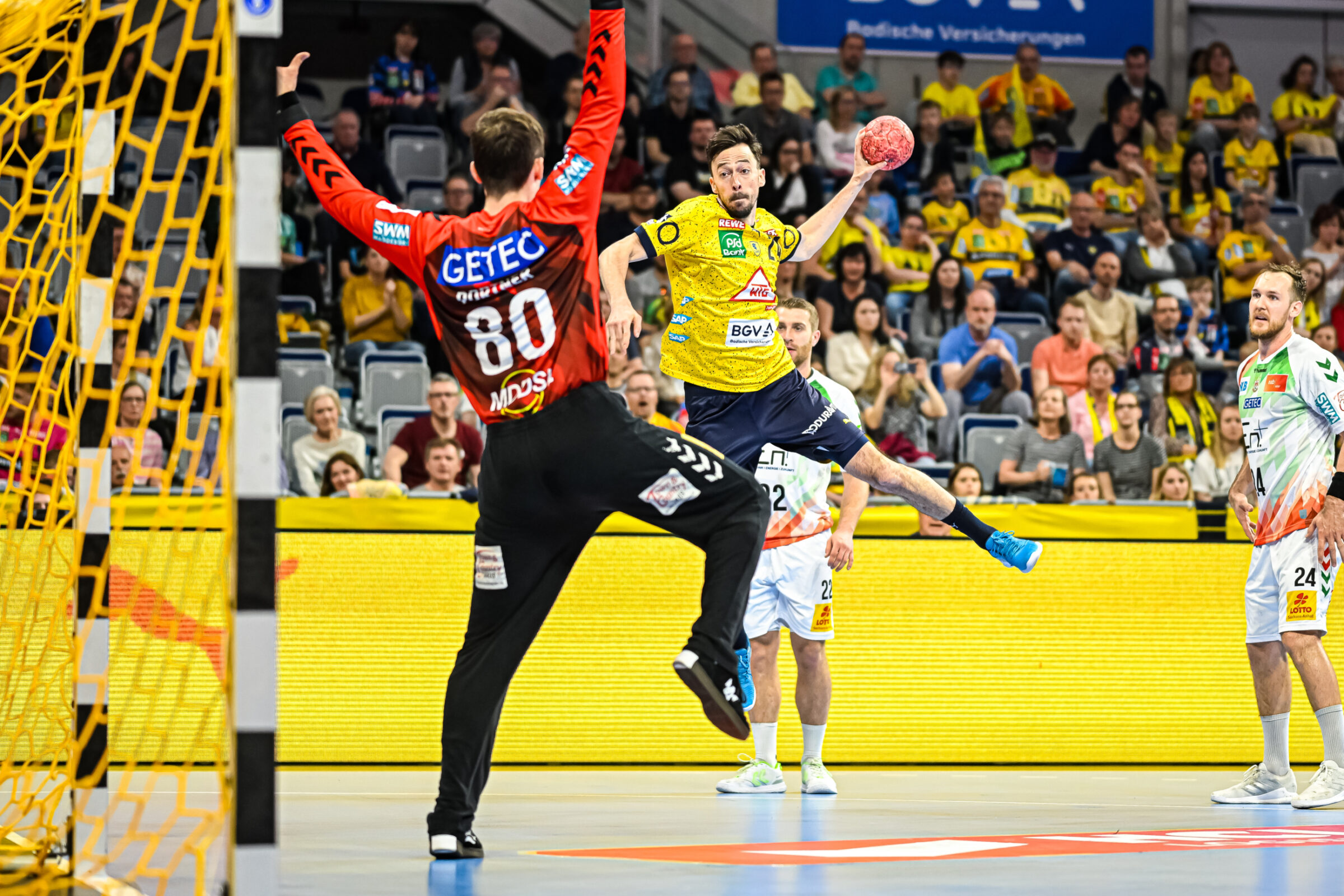
Local Positioning Systems are game changers in the realm of sports technology. LPS empowers athletes, coaches and trainers with valuable data-driven insights by leveraging advanced tracking and positioning data.
From performance analysis and tactical decision-making to injury prevention and training optimization, LPS plays a pivotal role in enhancing sports performance. As this technology continues to evolve, we can anticipate further advancements that will revolutionize how athletes prepare, compete, and excel in their respective sports.
If you’d like to learn more about how LPS works in sports technology, feel free to contact us at any time, or please download our product brochure.
Want to learn more about KINEXON’s tracking solutions?
